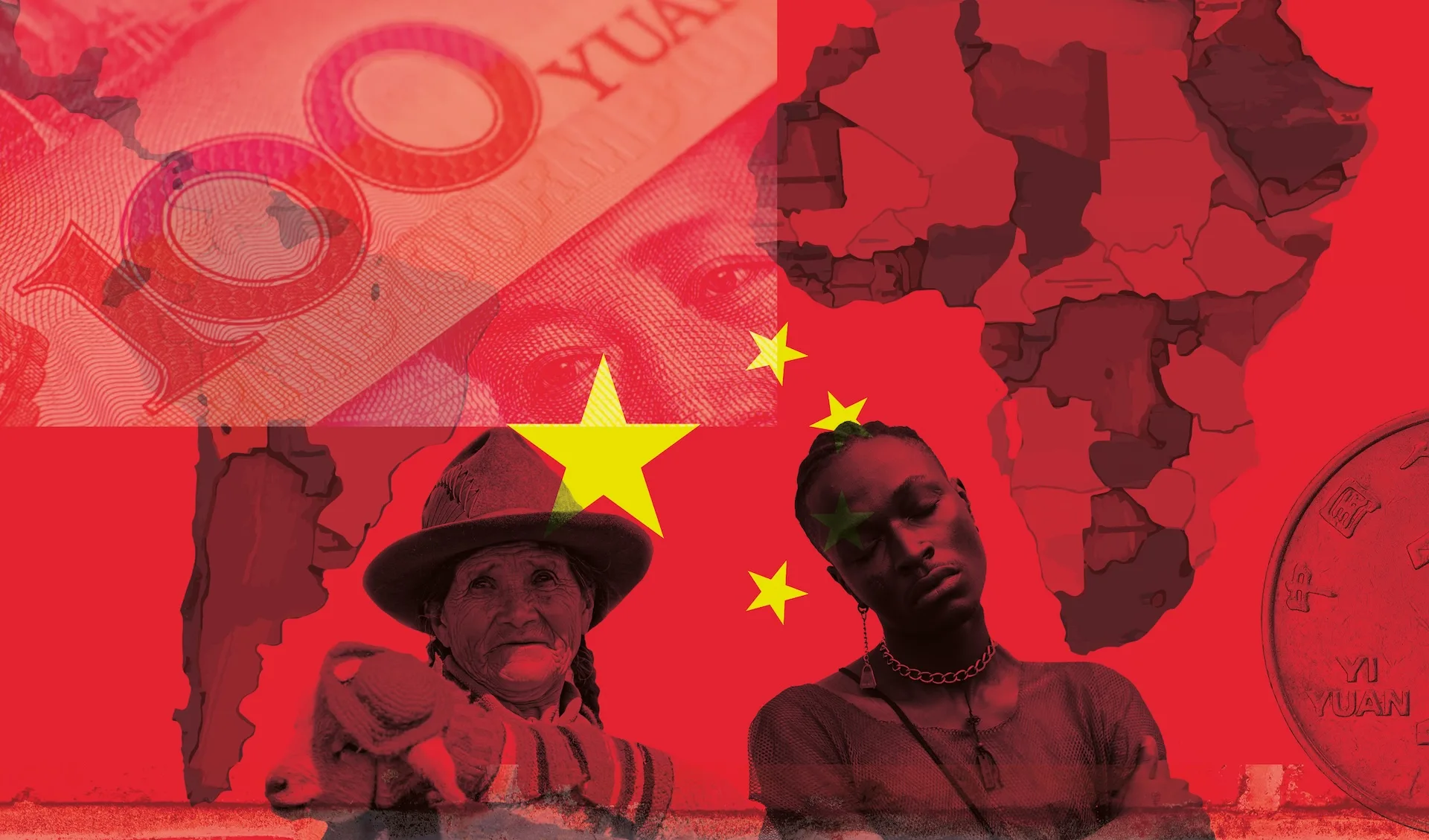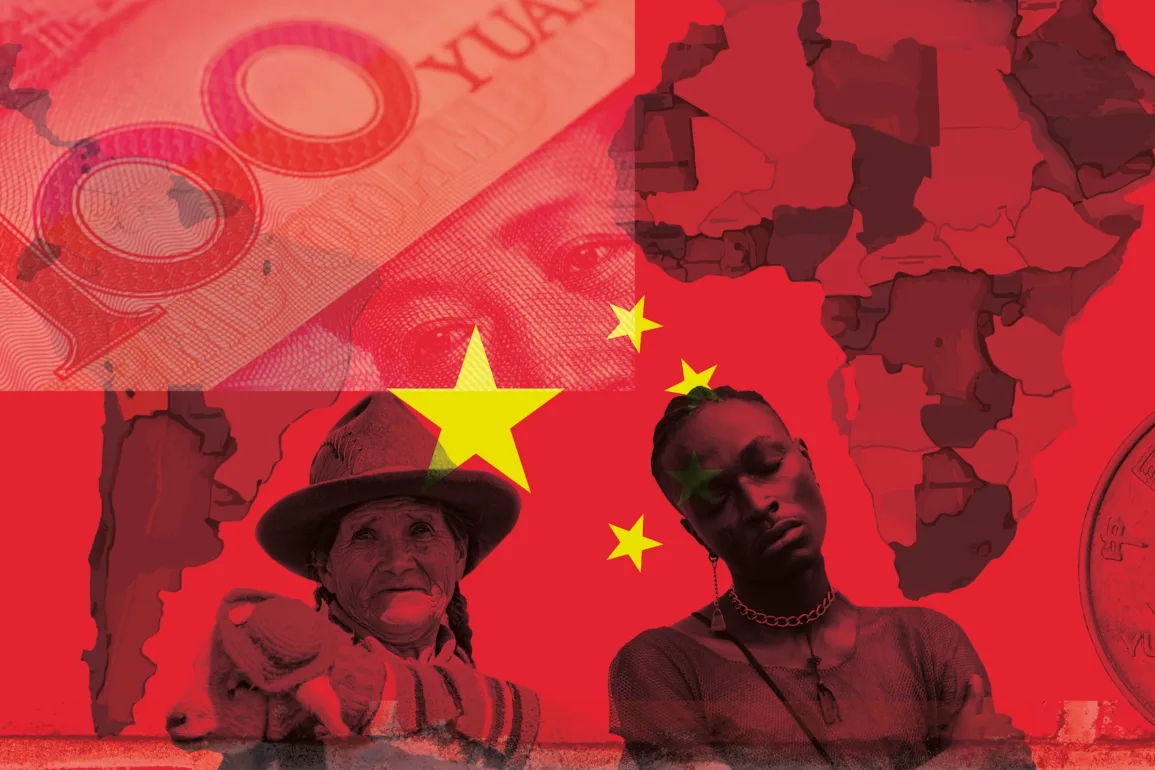
On October 12-13, 2023, the Jack D. Gordon Institute of Florida International University (FIU) hosted an event bringing together Africa and Latin America scholars, to comparatively examine engagement with the People’s Republic of China (PRC) across both regions. The discussions highlighted substantial commonalities in PRC engagement between the two regions, as well as differences that provide insights into how PRC-based entities make, and adapt, policies.
PRC public engagement in the two regions is shaped by its globally-oriented policy documents, including the Belt and Road Initiative (BRI), and more recently, the Global Development Initiative (GDI), the Global Security Initiative (GSI), and the Global Civilization Initiative (GCI). The PRC works hard interacting with its partners to secure statements from them regarding their support for, or participation in, these initiatives as well as reiterating that they recognize the PRC over Taipei.
In both regions, the PRC has proclaimed its priorities and areas of focus in advancing its relationships through policy papers. These include the 2008 China-Latin America white paper, updated in 2016, and PRC-Africa white papers in 2006, 2015, and 2021. In both regions, PRC public actions have been fairly consistent with the general intentions set out in these documents.
In its multilateral diplomacy, the PRC forum of choice has been FOCAC in Africa and CELAC in Latin America and the Caribbean, both weakly-institutionalized umbrella organizations where China’s geopolitical rivals the US and EU are absent, and where the PRC could advance its own agenda, with limited possibilities for the regions to forge collective positions to effectively bargain with China.
With both FOCAC and the China-CELAC forum, the PRC created a structure that meets every three years at the Head-of-State level, producing a roadmap for the region’s cooperation with the PRC for the next three years. Both have established eight “sub-forums”, including on “people-to-people” interactions, and on “young leaders.” For Latin America, the remaining sub-forums focus on agriculture, science, and business, whereas in Africa, they focus on health, development, and media engagement, among others. Both groupings also have ad hoc forums that bring together personnel at the ministerial-level, and other levels like ambassadorial and director general level, on specific topics, such as security.
In the commercial domain, the PRC has substantially expanded its engagement with both regions in the past two decades, running a substantial trade surplus with each.
With both Africa and Latin America and the Caribbean, the PRC principally purchases low value-added commodities and foodstuffs, while selling them a broad array of higher value added, higher technology-content goods and services. With both regions, the PRC exploits hopes for benefit through access to its markets, or partnerships for projects in local markets, to motivate cooperation, and often self-censorship regarding the actions of the PRC government and its companies.
In Latin America, hopes for market access have led governments to seek Free Trade Agreements (FTAs) with China more extensively than in Africa. Latin American states which have achieved, or actively negotiated ,FTAs with the PRC include Chile, Peru, Costa Rica, Ecuador, Nicaragua, Honduras, El Salvador, and Panama. In Africa, China’s only FTA is with Mauritius, although countries like Kenya and Egypt have shown interest in pursuing their own FTAs with the PRC.
In Africa as in Latin America and the Caribbean, the PRC has used loans, in part, to advance its commercial engagement, with $170 billion in PRC policy bank loans to Africa, and $136 billion to Latin America in the past two decades. In both regions, that lending fell off substantially after 2016. In both Africa and Latin America, the PRC has avoided cooperating with multinational lender groups such as the “Paris Club” to collectively negotiate debt relief for countries that cannot pay. With both Suriname in Latin America and Zambia in Africa, China’s position as a “holdout” substantially complicated negotiations with multilateral institutions to renegotiate debt.
In both Africa and Latin America and the Caribbean, the PRC is pursuing access to lithium, including investment in local processing facilities. China’s lithium footprint is larger in Latin America, with multiple companies and projects in Bolivia, Chile, Argentina, and Mexico. In Africa, however, a Jianxi-based company has a project to mine and transform lithium in the south of Zimbabwe. In both regions, in the construction sector, PRC-based companies are diversifying from state-to-state projects financed by public debt, to also participating in public bids in more strongly institutionalized states, and use of Public-Private Partnerships (PPP) in which they invest some of their own capital, and take on a longer-term role in the project.
In both Latin America and the Caribbean and Africa, PRC-based companies have expanded their presence in electricity transmission and generation, particularly in renewable energy. Chinese companies have a leading position in the electric car and bus market in Africa as well as Latin America.
In both Africa and Latin America, PRC-based companies have dominated sensitive digital sectors, including 5G, but also in other telecommunications infrastructure, having built 70 percent of Africa’s 4G infrastructure.
Chinese companies such as Huawei, ZTE, Xiaomi, and Oppo also play a leading role in the digital device market in both regions.
In both Latin America and Africa, PRC companies are offering smart and safe city architectures, while Chinese surveillance systems companies including Hikvision and Dahua have a dominant presence in the commercial market.
In both regions, the PRC has established Confucius Institutes, with 44 in Latin America (10 of those in the Caribbean) and 56 in Africa. The PRC builds connections with youth through scholarships for study in the PRC, and a range of other “people-to-people” programs bringing thousands of journalists, academics, and government personnel to the PRC for often lavish interactions. In both regions, the PRC works at the local as well as national level, including sister city relationships, and courting mayors and other subnational-level officials who often have more latitude than national-level figures to accept PRC generosity for themselves, their families and their communities.
In the space domain, the PRC has launched five satellites for African countries and 12 for Latin America. It has also instrumented ground control facilities in Venezuela, Bolivia, and Ethiopia, among others, and played a key role in training partner nation space personnel in those countries. In both regions, the PRC has established space radar facilities, including in Neuquén, Argentina, and Swakopmund in Namibia.
In security cooperation, the PRC has gone further in Africa than in Latin America, a military base in Djibouti, regular participation in peacekeeping missions in Africa, and the conduct of some security operations on the ground and in maritime areas there. In Latin America, China participated in one peacekeeping operation in Haiti, MINUSTAH, from 2004-2012; deployed its hospital ship “Peace Arc” to the region on three occasions; and periodically sends warships and military delegations to visit. In both regions, the PRC has sold military hardware, including fighter aircraft, radars, and various vehicles. In both Latin America and Africa, the PRC has used donations, to both military and police forces to strengthen relationships and create opportunities for subsequent arms sales.
The PRC has also regularly brought security personnel from both Latin America, the Caribbean, and Africa to the PRC for training. In Africa the PRC occasionally pays the operating expenses and salaries of security forces. In Latin America, the closest comparison has been payments by Chinese mining companies to Peruvian police to provide private security to their operations. Chinese private security companies are more active in Africa but are beginning to establish a presence in Latin America as well.
Overall, the inaugural FIU Africa Americas event demonstrated that the patterns in Chinese engagement across regions, and associated differences, are worth studying, to better understand PRC decision-making, to anticipate the evolution of PRC global engagement, and to help each region learn from the other regarding best practices, and how to manage risks and increase the likelihood of hoped for benefits when engaging with the PRC.
Evan Ellis is Latin America Research Professor with the U.S. Army War College Strategic Studies Institute. The views expressed herein are his own. The author would like to thank Paul Nantulia for his contributions to this work.
Disclaimer: The views and opinions expressed in this article are those of the author. They do not necessarily reflect the official policy or position of any agency of the U.S. government, Diálogo magazine, or its members.



